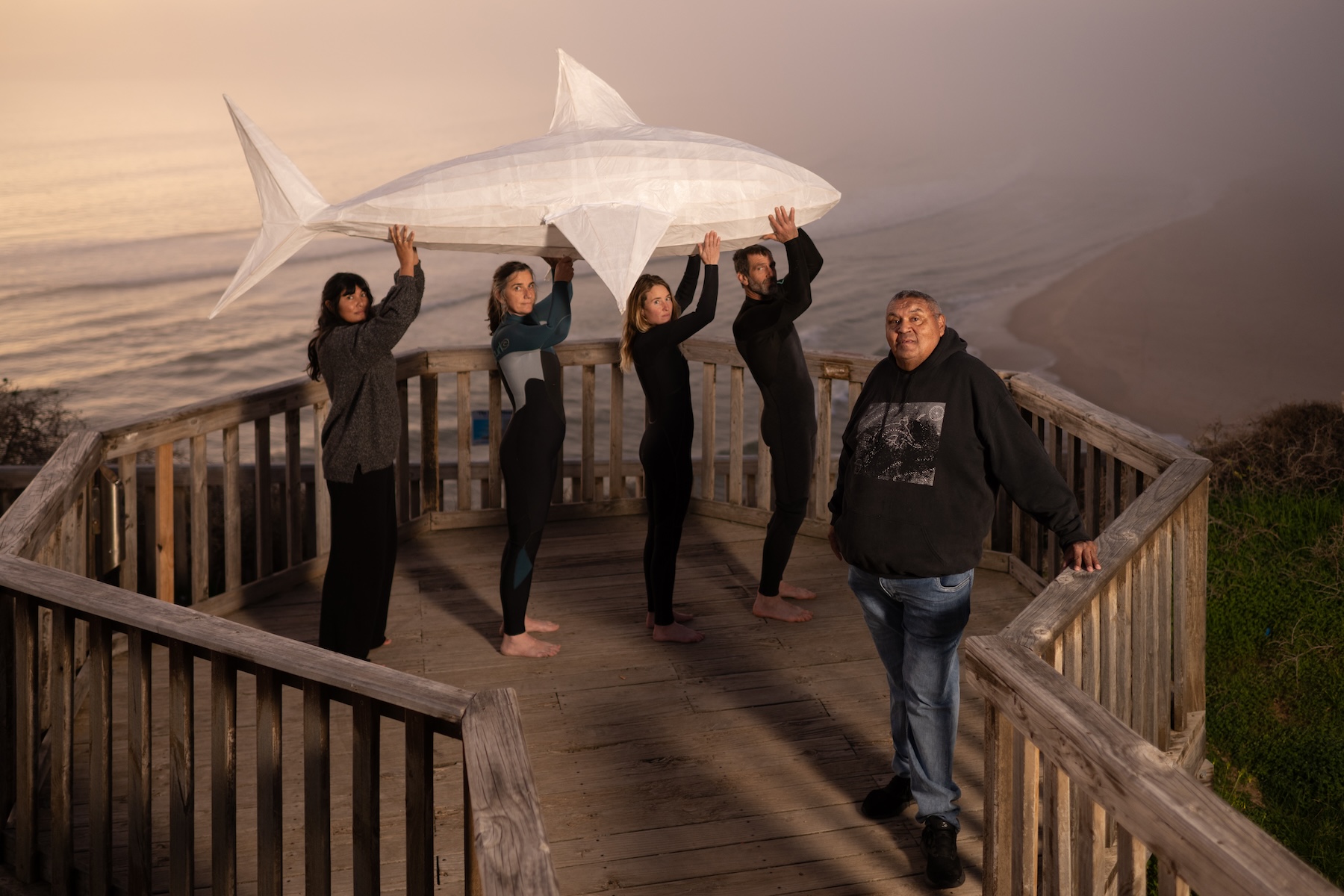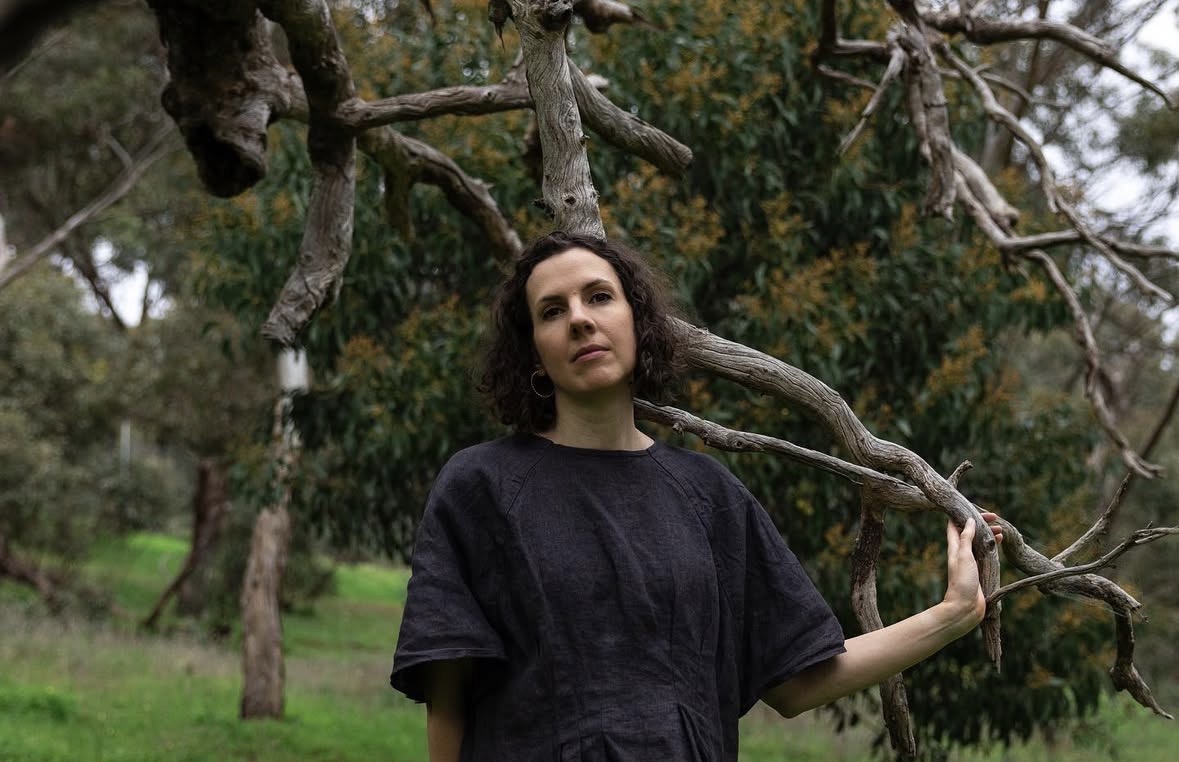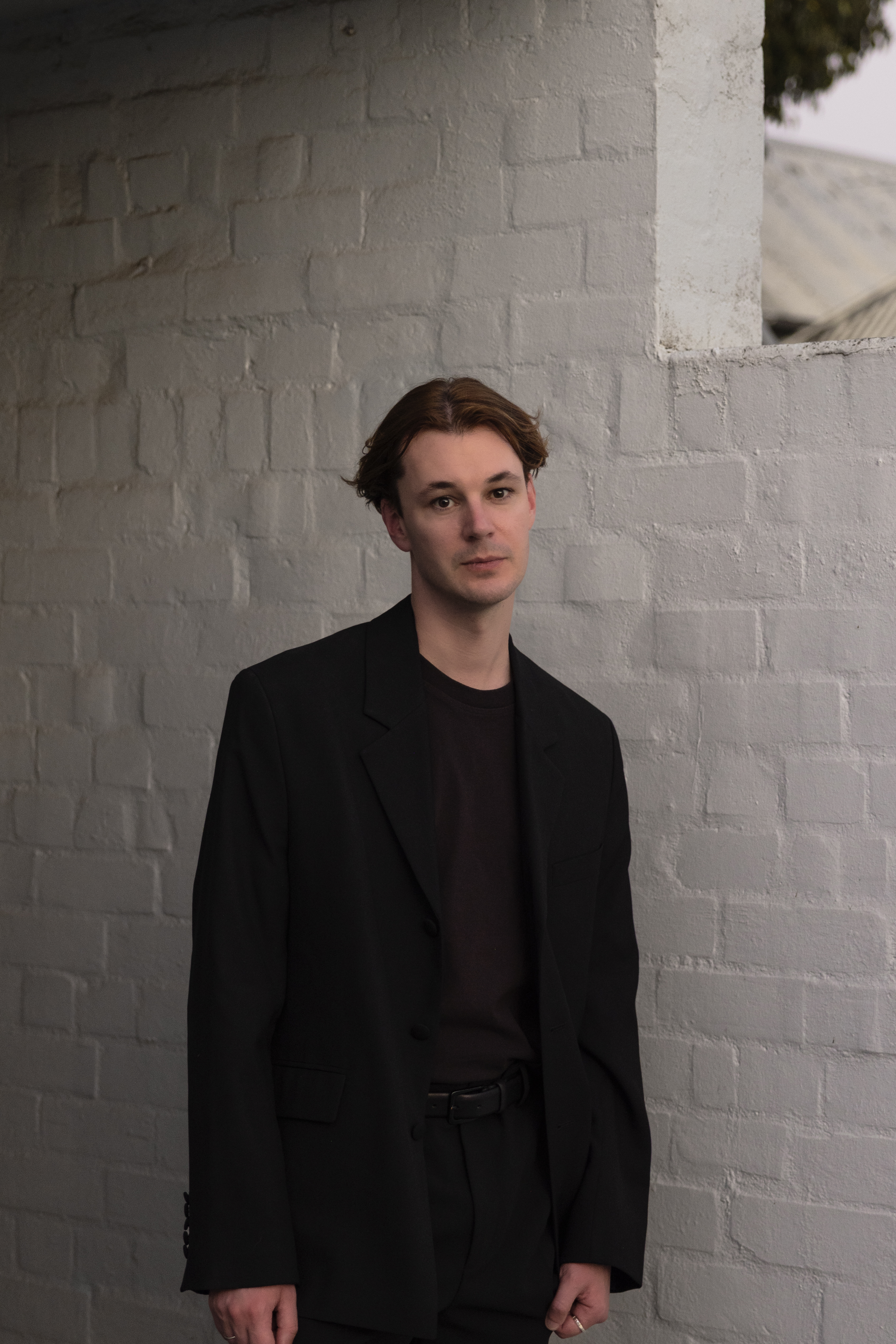Toxic Surf: Nature Festival artists speak to a community in crisis
Set against the ‘uncertainty and grief’ of the algal bloom crisis, the visual artists of this year’s Nature Festival program are mounting community-driven spectacles and ‘punk’ acts of urban rewilding.

The relationship between people and nature has been deeply influential to artists across cultures, continents and centuries.
Now in its sixth year, South Australia’s Nature Festival has expanded to feature over 300 nature-inspired events across the state, with a range of visual arts projects that highlight the importance of this connection.
Amber Cronin, one of festival’s founding directors and its Arts and Culture curator, explains that the core mission of the festival is to reframe South Australians’ relationship with nature.
“It is a purpose-driven festival with the belief that people are going to have a more connected relationship with the living world if they’re moved by something unique or emotive,” explains Cronin. “What better way to do that than through cultural tools like visual art, music, and performance?”
This year’s theme, Flow is particularly relevant due to the challenges South Australia faces in 2025. Running from September 26 – October 12, the festival’s 2025 program aims to encourage broader dialogue about our rivers and oceans, while highlighting creative expression and the connections that flow between communities and generations.
The visual arts have always been an important component of the festival, with this year’s standout exhibitions and events including Toxic Surf and Care-Fall.
Toxic Surf brings together local artists, scientists, activists, researchers, First Nations voices and the broader community, all of whom have been affected by the ongoing algal bloom crisis.
You might like
What started as a community arts exhibition at McLaren Vale’s Good Bank Gallery has evolved into a movement that includes lantern-making workshops, a roving sculpture parade, songwriting, choir sessions, murals, and panel talks.
“The more people heard about it, the more they wanted to be involved and it started this growing interest in what we were doing,” explains Zoe Brooks, one of the organisers of the exhibition.

As the algal bloom crisis persists, and its impacts become more evident, so has the need for creative responses.
“This is our community voice, and we need to hold a space for our community to come together because we’re experiencing uncertainty and grief,” Brooks explains. “It’s also about having a beautiful spectacle to inspire hope and remind us not all is lost.”
The theme of flow is particularly relevant when considering the impact of the algal bloom.
“It’s about the flow of water as well as the lack of flow during this dry, stagnant summer where we had no rain,” Brooks says.
The theme is also evident in the sharing of ideas and the way creativity can flow between communities. Abstract artist Christian Lock is a feature artist alongside algal bloom comic-works by Chloe Williams, photographs of beautifully presented specimens by Scott Hedges and power of the arts.
Subscribe for updates
Heading inland, Care-fall is a collaborative exhibition where artists Heidi Kenyon and Henry Wolff explore relationships within nature through queer and feminist lenses. To do it, the pair have transformed a car park behind the North Adelaide Community Centre and Library into a natural environment featuring a series of rain gardens.

“We thought it might be quite punk to take on and re-wild a car park,” Wolff says.
By creating these rain gardens the artists are implementing water-sensitive urban design principles to absorb and filter rainwater. These elements of nature work together in this temporary ecosystem to support biodiversity.
“We are also looking at the relationships we have with cars and emissions and whether urban environments can become wild again and the contentious issues around that,” adds Wolff.
The installation features layered garden beds that include both native and introduced plant species.
“This is a conscious decision to look at the tensions between introduced species and native plants. We are exploring the relationship between these plants and how they can be a metaphor for colonisation,” Wolff explains.

The opening performance of Care-fall on Sunday September 28 will invite audiences to engage with the rain gardens through vibrations and sounds; attendees will be given tuning forks to play across the rocks, while the experimental musician Gabriella Smart will be playing the electric crystal. The artists have created an immersive experience so the audience can connect with nature on many levels.
Another intriguing aspect of the festival is how visual artists are collaborating with chefs to present events that engage all the senses. Laura Wills is teaming up with Kane Pollard to present Food River, focusing on Kadlitpari, and the Gawler River. Additionally, Narungga artist, researcher and Flow Cultural Ambassador Brad Darkson is working with Jamie Musgrave from Restaurant Botanic on Sea Country, to be held on Saturday October 4 at a still-to-be-released location.
These events offer an important reminder of the fragility of our environment and our responsibility to care for it — not only to ensure our survival, but as a source of joy and well-being.
“We’re at the frontier of environmental challenges here in SA,” Cronin reflects. “Whether it’s the pandemic, floods, fires and now this algal bloom, there’s been something really important for artists to respond to and bring their voices to every year.”
Nature Festival 2026 runs from September 26 – October 12
Free to share
This article may be shared online or in print under a Creative Commons licence

